Entretien exclusif avec l'équipe MapleStory Universe : Passer d'un classique à la création de jeux Web3 vraiment amusants
Original|Odaily Planet Daily
Auteur : jk
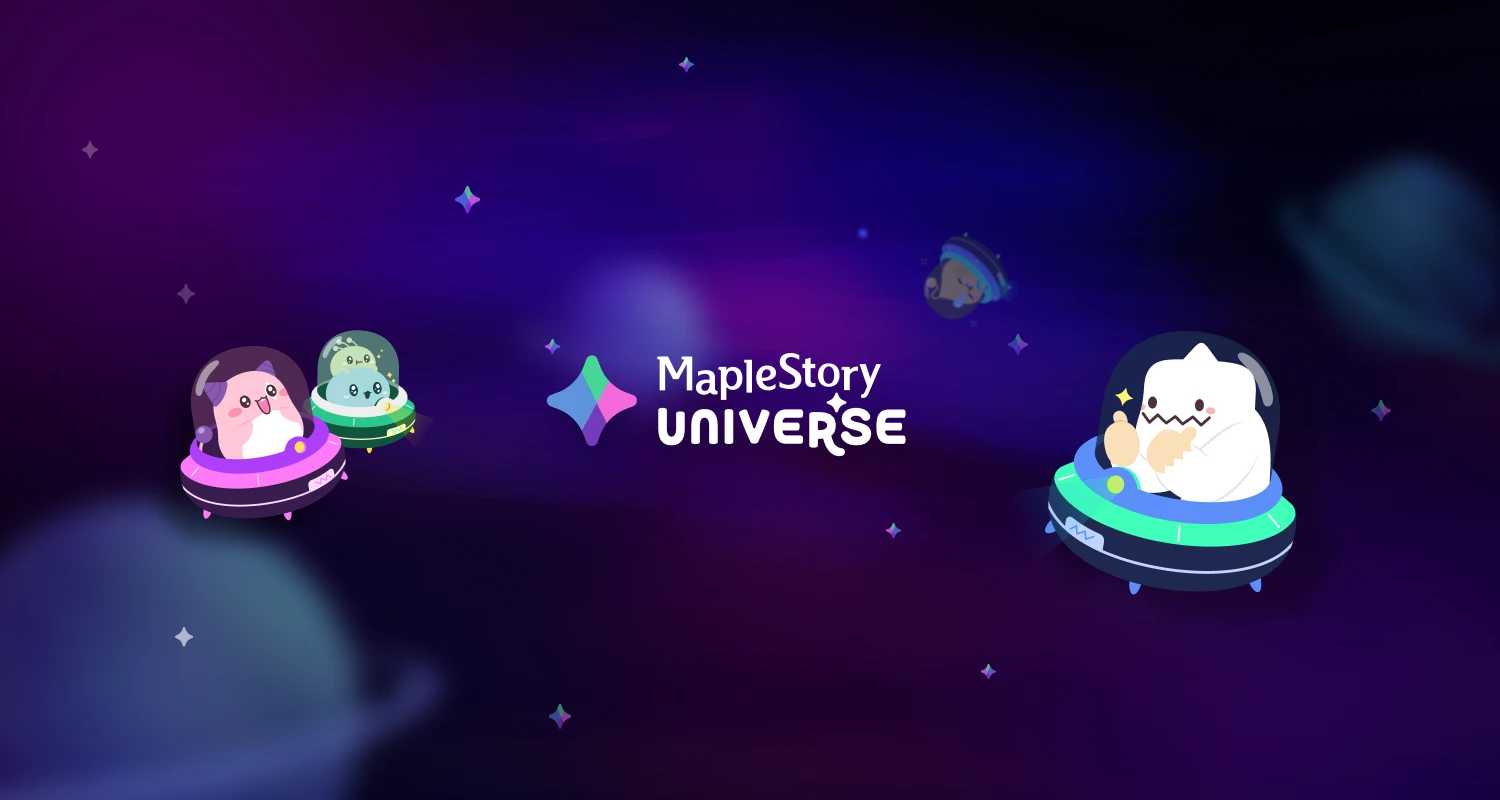
In the rapid development of the Web3 game industry, how to combine classic IP with the unique mechanism of Web3 has become a challenge faced by Web2 game transformation. MapleStory, which has a history of more than 21 years, is no exception: this game IP has established a unique brand image in the Web2 era, and it is now preparing to move into the Web3 field.
Odaily Planet Daily had the honor to interview the MapleStory Universe team, a Web3 ecosystem based on the MapleStory IP, supported by Nexon, the parent company of MapleStory. They shared their mental journey and innovative thinking in the development of MapleStory Universe. The team members recalled the unforgettable moments during the internal test, and lamented how the implementation of the new economic system allowed them to relive the fun and nostalgia of the early games. It is this love for the essence of the game and a deep understanding of the player experience that drives them to explore how to create a truly fun Web3 game through the elements of Web3.
Here is the full interview:
Keith:
Hi, Im Keith, todays guest. Im the head of strategy for MapleStory Universe and have been with the team since the beginning of this project. Im a lifelong MapleStory player. I work at Nexons Intelligence Lab, which is the department that handles all big data, AI, and game operations tools related to Nexon IP. Specifically, I joined the project as part of the strategy team, and now Im responsible for leading the team. Im happy to answer any questions you have today.
Quotidiennement :
Thank you very much, Keith, lets get started. I believe everyone is familiar with the Web2 game MapleStory, can you introduce us to the MapleStory Universe so that our Web3 audience can have a deeper understanding?
Keith:
Of course! In the Web2 era, MapleStory is a huge IP with over 21 years of history, over 250 million user accounts and 6.7 million monthly active users. It is an important IP that leads Nexons gaming business in Web2. We are bringing MapleStory to Web3 because we want to diversify our user base and redefine how users interact with this IP.
Traditionally, the definition of a gamer is someone who sits at a desk, uses a keyboard and mouse, downloads a game, and spends hours playing it. Thats a lot of work these days. We also recognize that the definition of a gamer has changed through platforms like Twitch and YouTube. These platforms have transformed and expanded the gamer community by making many games watchable rather than requiring active participation. You dont have to sit at a desk to be an actual player, but by watching the game, youre still interacting with it, especially in the context of the rise of esports streamers.
We believe that by leveraging some of the Web3 elements, such as item exchange and smart contract capabilities, we can redefine our audience and how people engage with the MapleStory IP.
So we use a token called NXPC to enable this expanded definition of players to interact with the MapleStory IP and increase content creation. Now, content is not only developed and incubated by Nexon, but through this token, we incentivize everyone who contributes to the MapleStory Universe community. We are measuring the contributions of everyone involved in the gaming community and truly incentivizing them to build on our beloved IP.
Basically, we are redefining the player, expanding it to a new perspective, in which you dont have to sit at a table and spend hours playing in MapleStory. Through the elements of Web3, you can own and participate in the assets in the MapleStory ecosystem. At the same time, we also encourage contributors and developers to participate and contribute to the MapleStory community through a token incentive system. This is a high-level overview of what we are building in the next phase.
Quotidiennement :
Based on this, what do you think of the current status of the Web3 game market? What pain points need to be solved, and how does MapleStory Universe deal with these problems?
Keith:
We didnt start this project with a problem related to Web3 games. We had our own definition of a Web2 problem, which was sustainability. About twenty years ago, we pioneered the free-to-play business model. That model was hugely successful and enabled many games to grow exponentially, which was great.
However, in this free-to-play business model, the issuance of assets is usually centralized, relying on game providers to create new items. We believe that this can be improved by controlling the issuance of assets through market dynamics. That’s why we have been exploring different avenues to achieve this goal, and we realized that blockchain is a very useful tool to achieve market-driven asset issuance.
So, thats the problem we aim to solve, based on our experience in Web2. In terms of the current state of Web3, I think the biggest problem is the lack of entertainment value – at least not enough to attract players who pay for entertainment to come in and make the ecosystem more lively and sustainable. I dont think were there yet, and there may be multiple reasons. There are also compliance issues, the existing tools in Web3 blockchains are not mature; the user experience is also lacking.
I see many Web3 developers working hard to improve the user experience, and some teams are creating entertainment content to attract actual players from Web2. I think this is a positive direction.
Quotidiennement :
Can you talk about where you are currently and what the future roadmap looks like?
Keith:
OK. We started building this project about three years ago, in November 2021. During this process, we went through a lot of experiments, adjustments, and changes of ideas. We have learned a lot so far. Recently, in late July and early August, we conducted a closed beta test called Pioneer Test, inviting about 1,000 players to test our game. The results were outstanding and the feedback was very good. During this period, our daily active users (DAU) reached 714, and almost 92% of the testers participated throughout the 10 days of the test period. The overall retention rate of the test reached 82%, which exceeds the industry average. In addition, more than 190,000 transactions were conducted during the test period, proving a sustainable in-game ecosystem.
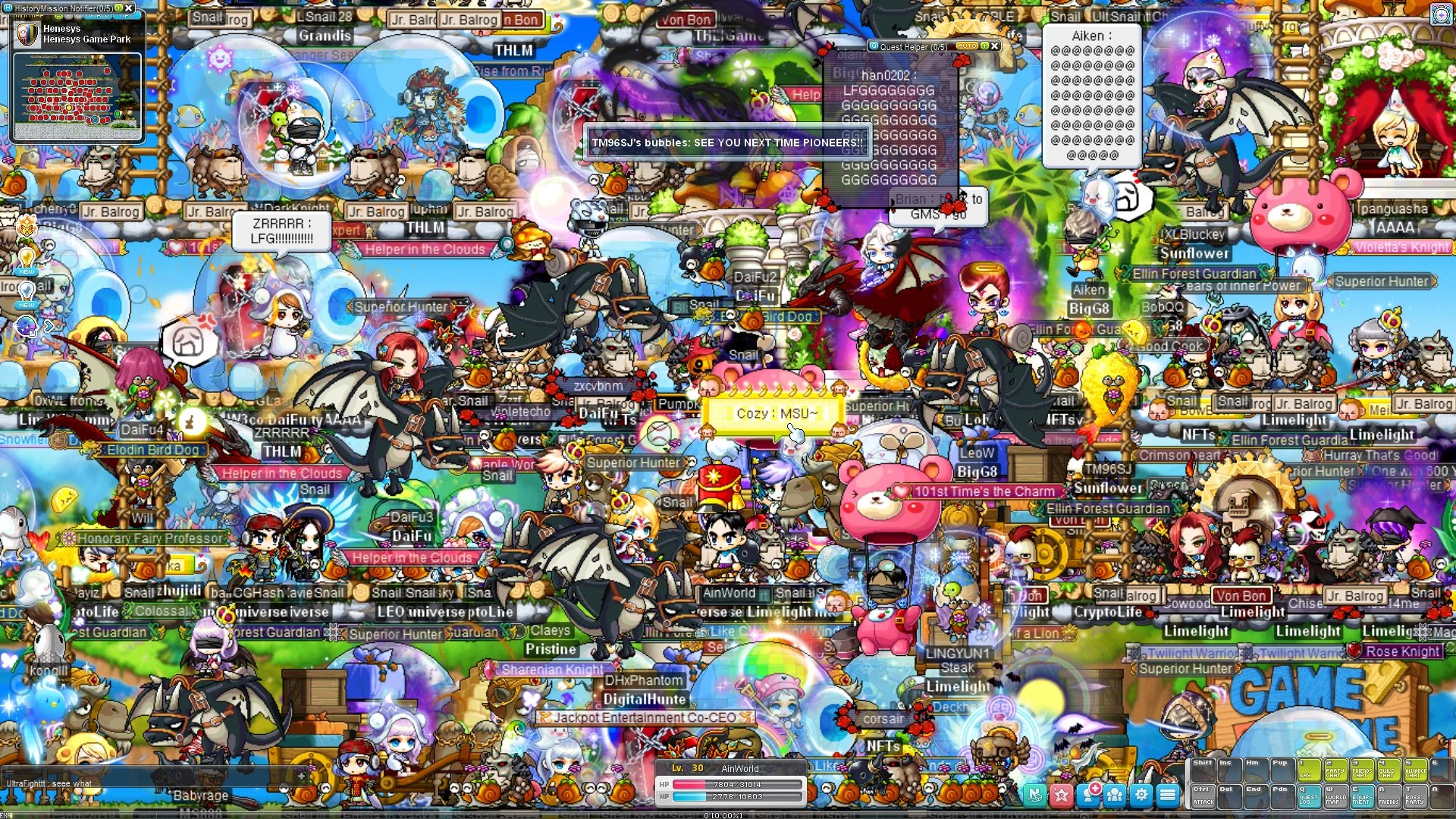
Pioneer Test in-game screenshots
We are now polishing the final steps of development and are also preparing to start the second round of testing soon. Hopefully, by the end of this year or early next year, we will be ready to officially present our product to the market.
Quotidiennement :
Thanks. So, the next big milestone is going to be the game launch, or something else?
Keith:
Were going to be in open beta very soon, which I think is our big event in the near future. And then were looking forward to the big launch of the product, probably at the end of this year or early next year.
Quotidiennement :
Thanks. I know the team raised a large round of funding late last year — $100 million, right? How will that be allocated and how do you plan to use it?
Keith:
Yes, we did receive $100 million in capital from our parent company Nexon last year. The nature of this round is different from the usual VC funding of other projects; the $100 million came from the parent company, demonstrating their commitment and confidence in our Web3 experiments in MapleStory Universe, which we believe represent a new business model for the future.
We allocate the majority of our capital to ensure the delivery of high-quality products to the market. We are not under pressure to make short-term profits; instead, this commitment allows us to focus on long-term development and sustainability.
I think this approach is very different. We did not do a public VC or institutional investment round, but this was a very private round within Nexon. We used all this capital to build a high-quality product with long-term incentives. Also, perhaps next year, we will look to expand our presence in the Web3 community, possibly by investing in and incubating developers who can build in our universe and contribute to our gaming community.
Quotidiennement :
You mentioned allowing developers to create and develop in-universe, how is this accomplished specifically?
Keith:
Thats right. Even in the Web2 MapleStory community, weve seen a lot of developers building on top of the existing MapleStory even without these incentives. Maple.gg is an example of them using our open API to get real-time data, making search and statistics easily accessible to users. This data is very useful for players; its important information to provide. However, if we were to build all of these tools and products outside of game developers, it would be very slow. We wouldnt be as flexible as external developers who can create their own products. We believe that when these developers are incentivized and compensated appropriately, they can join our game community faster and create more entertainment value for our players.
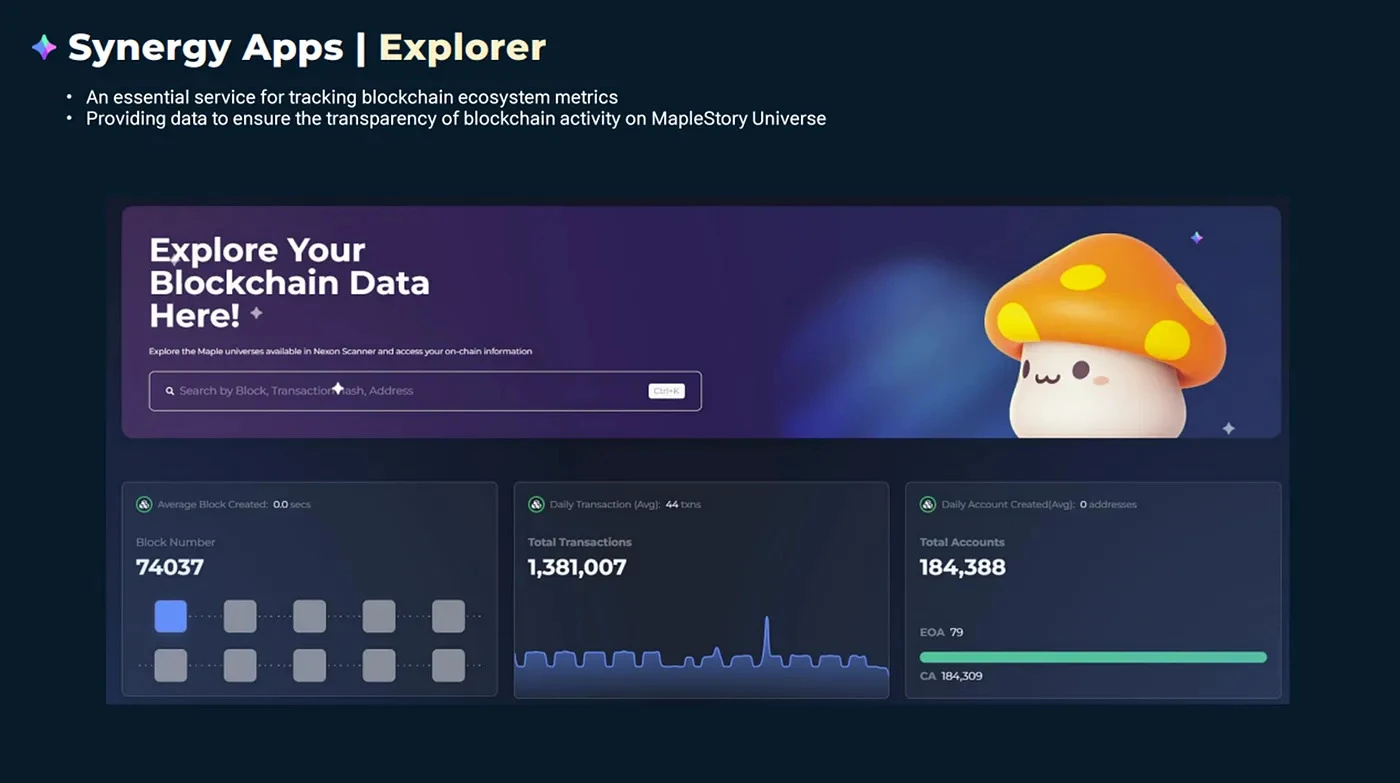
Data services for developers in MapleStory Universe
We provide a number of APIs that allow developers to get an API key and start building their products. I think the only limit is their imagination. At the same time, weve seen a lot of developers have great success on a platform called MapleStory World, where we provide MapleStory assets that weve accumulated over the past 20 years. Theyre creating games with those assets. Games like Artale or Maple Land, for example, have over 100,000 concurrent users. Theyre making significant contributions and profits for their efforts. This is the direction we envision moving forward: decentralizing content creation through developers, and were here to incentivize those contributions.
Quotidiennement :
I want to dig a little deeper into this. You mentioned that both developers and players will be incentivized, right?
Keith:
Oh, yes. Our main incentive protocol is focused on contributions, and we are focusing on developers at the moment. We incentivize players differently than developers. Developers will be evaluated based on various metrics and logs we collect. Developers can create a wide variety of products – from web search engines to DAOs, communities, Web2 communities, games, mobile games, role-playing games, or first-person shooters. We will have different metrics to evaluate various contributions to the MapleStory Universe community.
The core metric we will focus on is creating demand for in-game assets, such as the NFTs we issue. I believe this is a key metric for providing entertainment value to players, as this will drive demand for in-game assets such as NFTs. This will be the main evaluation criterion for developers in our ecosystem. For players, we do not use a contribution scheme to compensate them; instead, when players play the game, we will use NXPC tokens to issue items and reward them for their adventures in the game. Therefore, we are considering two different incentive paths.
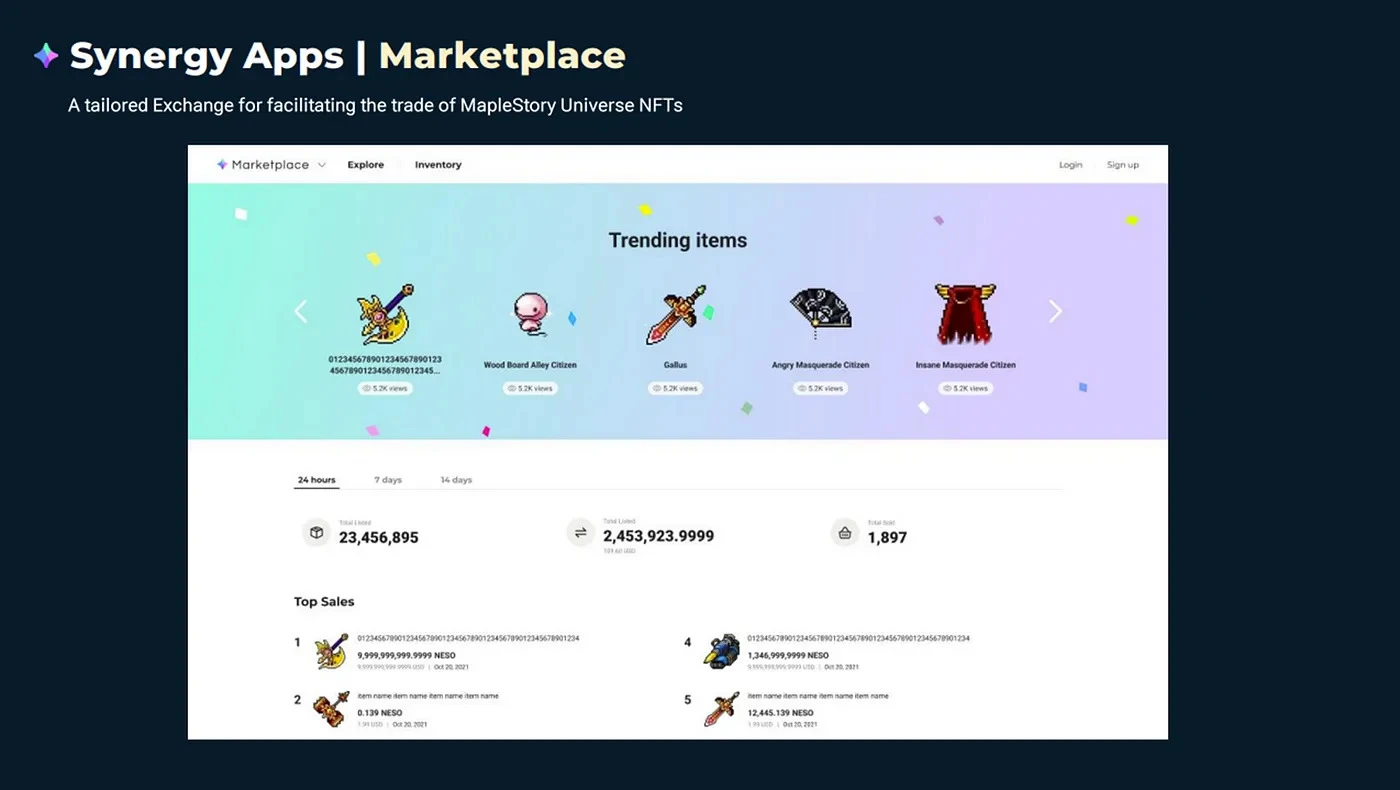
Le Marché in MapleStory Universe
Quotidiennement :
The next question is about the community. The community has always been a role that project developers love and hate in the Web3 field because it is difficult to balance the interests of each party involved. Some people are pure players, some are developers, and some are investors who are only interested in certain aspects. How do you view the roles of players and other community members (such as token investors), and how will you balance the interests of these different parties?
Keith:
Yes, I think its a very critical issue. Even in Web2, balancing the interests of different players is a challenge. When we say players, there are actually different segments. Some players spend a lot of money to get an advantage in the game, while others are very casual. Balancing the player base in our games in Web2 has always been a challenge. In Web3, we also include participants from the Web3 ecosystem who may not be players, such as token investors and speculators.
Our token economics, especially the NXPC token, corresponds to the power of decentralized asset issuance, and developers will get these powers. When I say developers, that includes ourselves. Our contribution to this ecosystem will also be evaluated, and we will get tokens based on our contribution to the MapleStory Universe ecosystem. Therefore, we are also participants.
Alignment of interests between different parties is critical. A rewarding experience is very important to players. To enhance this rewarding experience, it is crucial to ensure that what you gain from the game is valuable. For example, if you spend an hour exploring a dungeon and the items you gain are not valuable in the community, the rewarding experience will be weakened. Everything, starting with the NXPC token, represents the decentralized asset issuance rights, will be listed on centralized exchanges and have a market price. This price basically reflects the cost of item issuance, that is, the cost of creating the assets we provide to players.
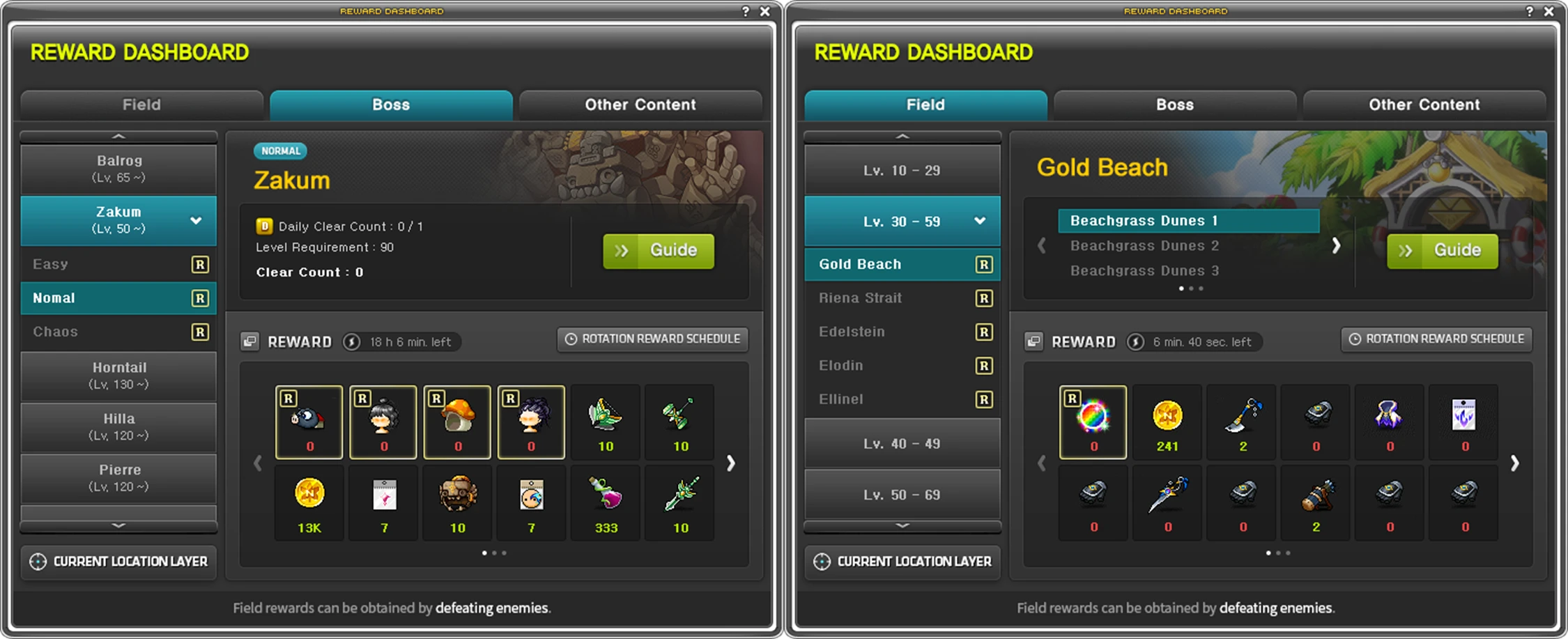
Rewards panel for MapleStory Universe
We want to make sure that the price of this token is valued by the community and the market. I believe this will align the interests between token investors, speculators, and general users of Web3. As a developer, I also want to receive valuable rewards for my contributions to the community, so I hope that the value of the token will increase. Players also want to receive valuable rewards for their efforts. I think everyone involved in the MapleStory ecosystem is working towards a common direction: we want the price of the token to be valued by the community. If the token is valued, then the reward experience for players will also be high. I spend a lot of time ensuring that all participants in our community have aligned interests, and I believe this is a key aspect of our design.
Quotidiennement :
In addition, what is the biggest challenge you face in the process of building the entire MapleStory Universe?
Keith:
When I started building this project in 2021, our initial goals and expected release date were pretty “ambitious”. We didn’t fully understand what it meant to build a Web3 game or transition a Web2 IP to Web3. I thought it would be simple, just like PC desktop game developers transitioned their IP to mobile versions about a decade ago. Everyone thought it was easy, but doing it right is actually a completely different challenge that requires a completely different level of skills. I think we’re going through a similar cycle with Web3.
I realized that transitioning a popular Web2 IP to Web3 involves building a service platform, not just a game. We saw many of our Web2 peers, other gaming companies, trying to transition their Web2 services and IP to Web3, but in many cases they had trouble adapting to this new environment.
Creating a service and platform to facilitate all of these different players and ensuring incentives were aligned across all parties in this new market was critical to the success of our Web3 experiment. There was a lot of learning along the way. We thought we were experts, but we realized there was a completely different way to do things effectively in Web3. We had to pivot multiple times. As I mentioned before, we had to learn and relearn new things and unlearn old practices. This was a huge challenge for everyone on our team, and I think it was for all teams trying to adapt to new languages, new practices, and new best practices. It required a lot of learning and was very different from building in Web2.
Quotidiennement :
We wanted to talk about some of the really new things in MapleStory Universe: I saw you guys were at the Jeton 2049 event. How was that event? Anything new or memorable you can share?
Keith:
The new you mentioned is about how MapleStory Universe differs from traditional MapleStory in economic design. Its completely different. We had to learn how real-world economies work and bring that into our virtual world, creating entirely new rules for those economies. For example, the biggest change is that we dont have a cash shop, which is the dominant business model in Web2. We also dont sell anything at a fixed price. Instead, we allow market dynamics and real-world economic principles to be integrated into our game experience.
If you have played our game, you will notice that the price of item enhancements changes based on user demand. If there is no demand, the price is close to zero, almost free. On the contrary, if there is a great demand for a certain enhancement, the price will gradually increase based on demand.
These new concepts fit in well with Web3, and we believe this approach is more sustainable. Everything must be sold at a price determined by market dynamics. We have incorporated these market-driven concepts into every aspect of our game, which will provide players with a whole new experience in MapleStory Universe.
More than ten members of our team attended the Token 2049 event in Singapore, just like last year. I attended a panel there, and it’s always exciting to meet dynamic and enthusiastic developers focusing on the future and developing innovative ideas for new technologies. We also held our own Side Event at Token 2049, and many people showed interest in our game. A memorable moment for me was when someone close to me realized that I was working on MapleStory Universe, and he shouted at the party: “If MapleStory fails in Web3, I’m quitting blockchain! You need to prove that actual mass adoption is achievable.” This resonated very strongly with me. I felt a strong sense of mission that pushed me to work harder and more thoughtfully to ensure that we are ready to welcome a large number of players to MapleStory Universe – not just because it is based on blockchain, but because it is fun. It was a great experience in Singapore.
At the Side Event, we were expecting a few hundred people, but we had over 350, so it exceeded our expectations. The crazy thing was that people didnt want to leave. The venue we rented was quite large, but it was so crowded that I could barely hold a conversation. I had to walk outside to have a better conversation.
Quotidiennement :
Are there any particularly interesting stories you remember while developing MapleStory Universe?
Keith:
I think there are a lot. Let me think. One of the most incredible moments we had while developing MapleStory Universe happened during one of our first internal tests. During one of the early internal tests, we had an early version that had the new economy system.
Then, we ran into a problem: We realized we werent really working; we spent most of our work time playing the game during that time because we found it so fun. It evoked a lot of nostalgia about the early versions of MapleStory, when you had to actually farm and spend hours in the fields beating monsters to get items. The rewarding experience of finally getting lucky and getting that good item youve been working so hard for after hours of playing is something Ive been missing from the current MapleStory.
The game dynamics of MapleStory have changed so much that this experience made me and many of the team members feel nostalgic. We ended up playing it for hours in the office, and no one was really working; we were all just having fun. It was an incredible moment, and we realized that if 100 team members, all lifelong MapleStory players and lovers of the IP, found it fun, then our players would love it too.
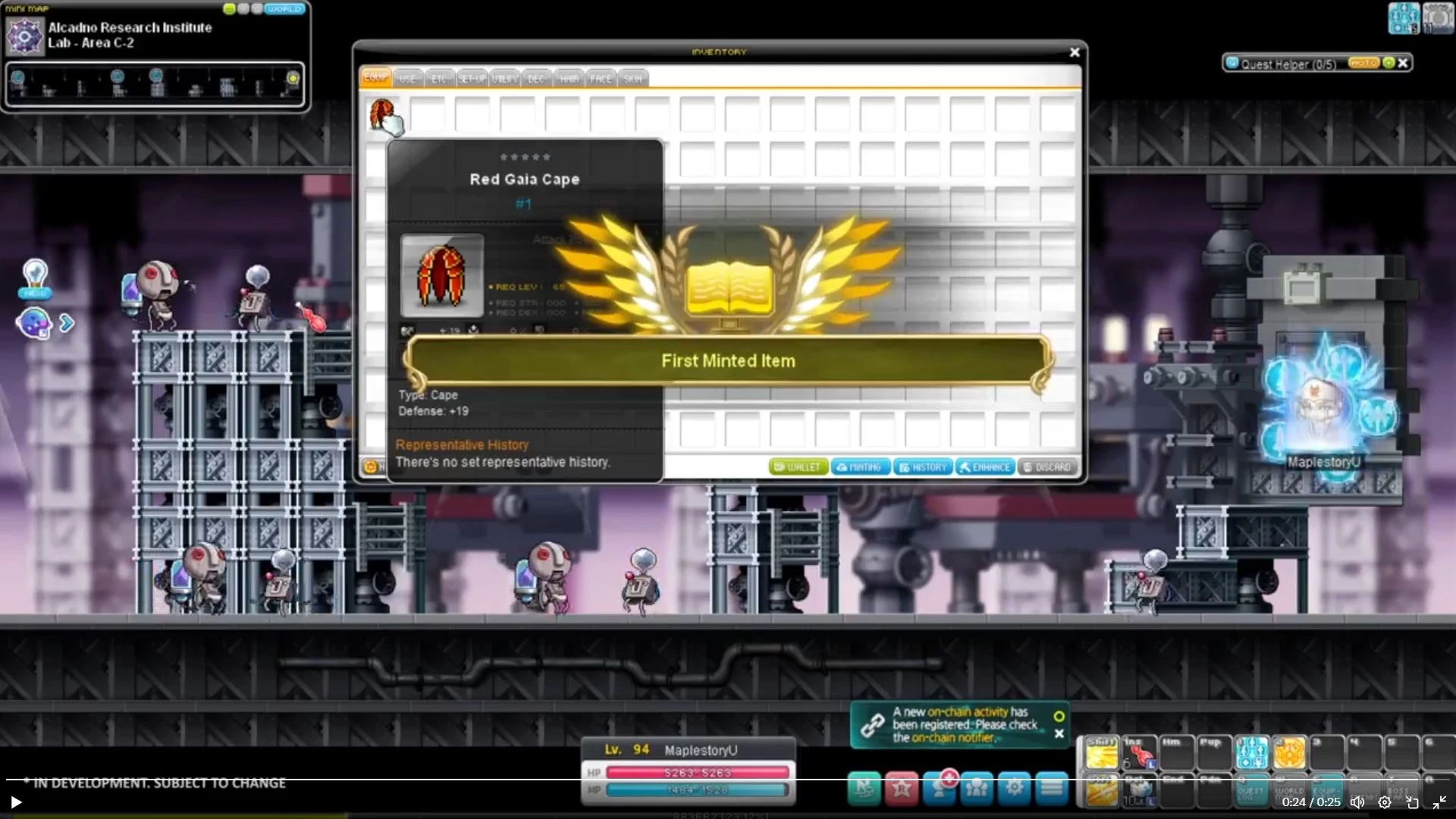
Screenshot of the game MapleStory Universe
This is a very interesting part of our development process.
Quotidiennement :
The next question is more of a yes or no question: Do you consider MapleStory Universe or the team to be crypto-native?
Keith:
I think we have a good balance between crypto-native team members and traditional Web2 developers. Both aspects are essential in ensuring that we create a high-quality product. We have recruited quite a few new members from Web3 who are DeFi enthusiasts, NFT collectors, etc., while also bringing in traditional developers who understand how to create stable games that meet player expectations. Therefore, I believe we have a very good balance.
In Web3, capturing core principles, such as economics, is critical. You cant create value in a vacuum. For these core concepts, you need a solid foundation in traditional markets, traditional economics, and traditional finance. We have quite a few team members who are well versed in these principles and have been building virtual worlds for the past 30 years. When this is combined with our Web3 native team members, there are significant synergies.
Quotidiennement :
Thats awesome, thank you so much for your answer. Is there anything else youd like to add or anything youd like to discuss?
Keith:
Perhaps the last thing I want to say is that I am a lifelong MapleStory player. I have killed almost every monster in existence in MapleStory. I am a very avid and serious MapleStory player, and over the past three years of building the project, I have been focused on making sure that this MapleStory will be fun. I believe this is one of the biggest goals of other game developers: to make sure the game is actually fun and enjoyable and provides entertainment value to the players. I think this is the only sustainable way to ensure success, whether in Web2 or Web3.
This is why I believe we will achieve widespread adoption among gamers. At first, they may face obstacles in Web3, such as dealing with wallets and other complexities. However, this will improve as developers work to improve the Web3 experience. Eventually, they will realize that our games are so much fun that we can attract millions, even tens of millions of users to our community. This is my goal and ambition.
This article is sourced from the internet: Exclusive interview with the MapleStory Universe team: Transforming from a classic to making truly fun Web3 games
Related: Matrixdock releases gold token XAUm: new opportunities for DeFi TradFi
Original|Odaily Planet Daily ( @OdailyChina ) Author: Wenser ( @wenser 2010 ) With the successive approval of Bitcoin spot ETF and Ethereum spot ETF, the RWA track, as the intersection of real assets and crypto assets, has once again attracted great attention from the market. At the same time, the spot gold price has repeatedly hit new highs, and investors enthusiasm for gold investment has also been rising. The traditional financial market and the cryptocurrency industry are jointly calling for the emergence of gold tokenization related products. Matrixdock, an RWA brand under Matrixport, a leader in the crypto asset management industry, launched the gold tokenization product XAUm on September 16, aiming directly at the next new asset class with a scale of more than 10 trillion US dollars. Odaily Planet…







